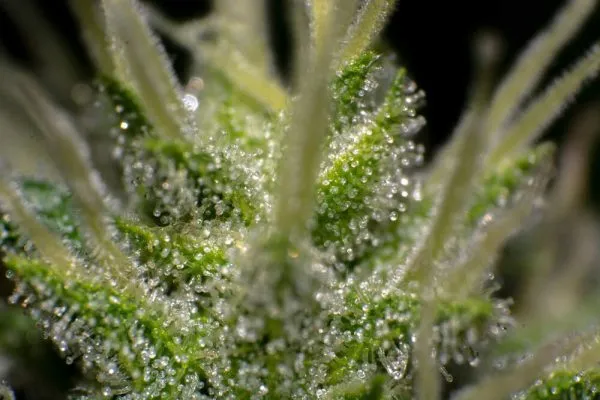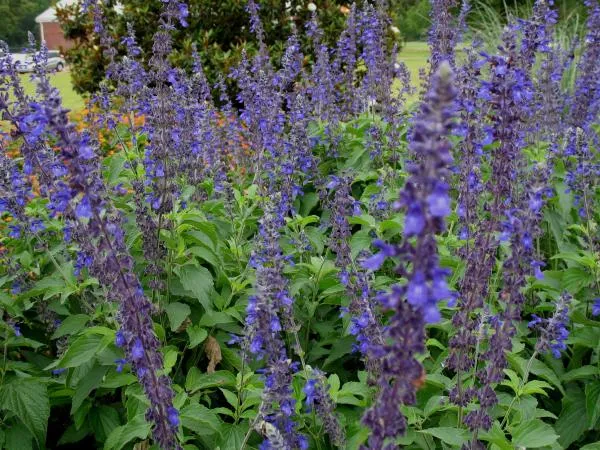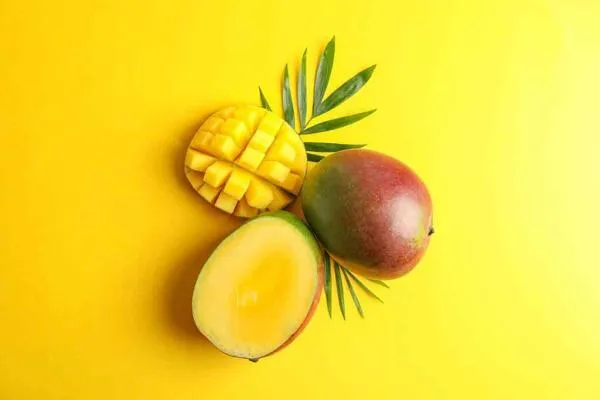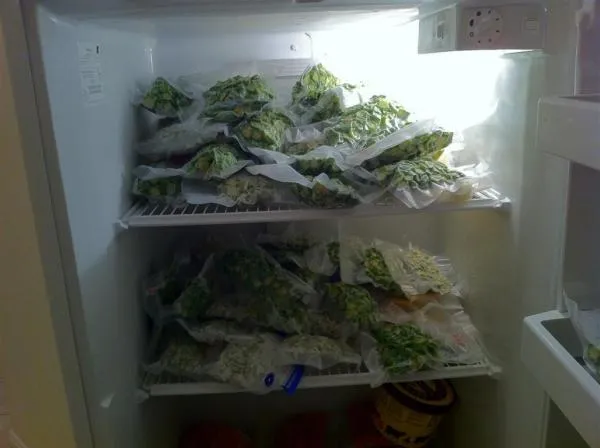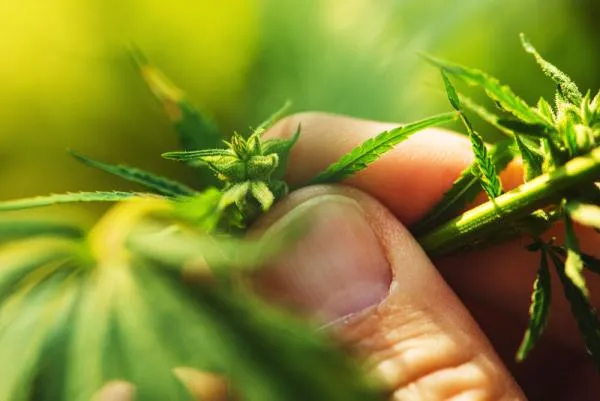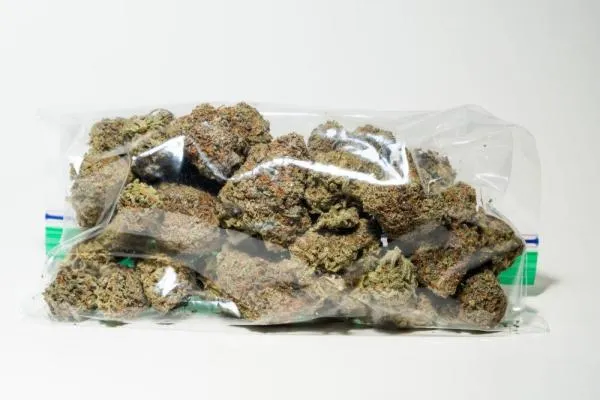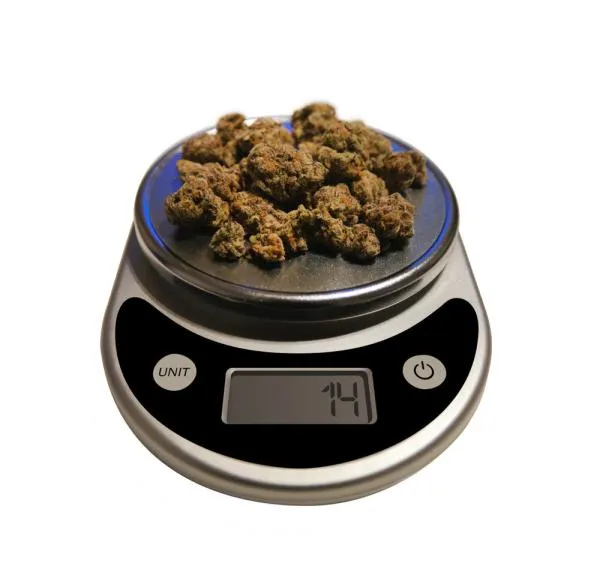Are autoflowers really weaker than photoperiods, or is that just outdated grower gossip? If you’ve ever wondered whether the speed and simplicity of autoflowers come at the cost of potency, you’re not alone. This article breaks down the differences between autoflowering and photoperiod cannabis strains, especially when it comes to THC and CBD levels. We’ll dive into genetics, environmental factors, and cultivation techniques that influence how strong your buds turn out—no matter the type.
You’ll also learn how modern breeding has revolutionized autoflowers, making them more powerful than ever. From lighting setups to harvest timing, we’ll cover everything you need to know to grow top-shelf cannabis. By the end, you’ll have a clearer picture of whether autoflowers can really match the punch of their photoperiod cousins. Spoiler alert: the gap isn’t as wide as you might think.
Understanding Autoflowering and Photoperiod Cannabis Strains
Characteristics of autoflowering strains
Autoflowering cannabis strains are a game-changer for growers looking for speed and simplicity. Unlike photoperiod strains that rely on specific light schedules to flower, autoflowers transition from veg to bloom automatically after a set period. Most begin flowering within 3–5 weeks, though some may take up to 6 weeks. This is thanks to their genetic link to Cannabis ruderalis, a species native to harsh climates where the growing season is short.
Autoflowers tend to be smaller in size, which makes them great for indoor grows, stealth operations and beginner-friendly cultivation. Their compact structure doesn’t just help with discretion—it also means you can fit more plants in a smaller space. However, because they spend less time in the vegetative stage, they often produce smaller yields compared to their photoperiod counterparts.
Characteristics of photoperiod strains
Photoperiod strains, on the other hand, require changes in light exposure to trigger flowering. Outdoors, they start blooming as daylight hours decrease toward the fall. Indoors, growers must manually switch to a 12/12 light cycle (12 hours light, 12 hours darkness) to initiate flowering.
These strains typically have a longer vegetative period, allowing them to develop bigger, stronger branches and often larger yields. Because they have more time to mature, photoperiod plants can develop more complex terpene profiles and higher THC levels—at least traditionally. But with modern breeding techniques, autoflowers are catching up.
Factors Influencing Cannabis Potency
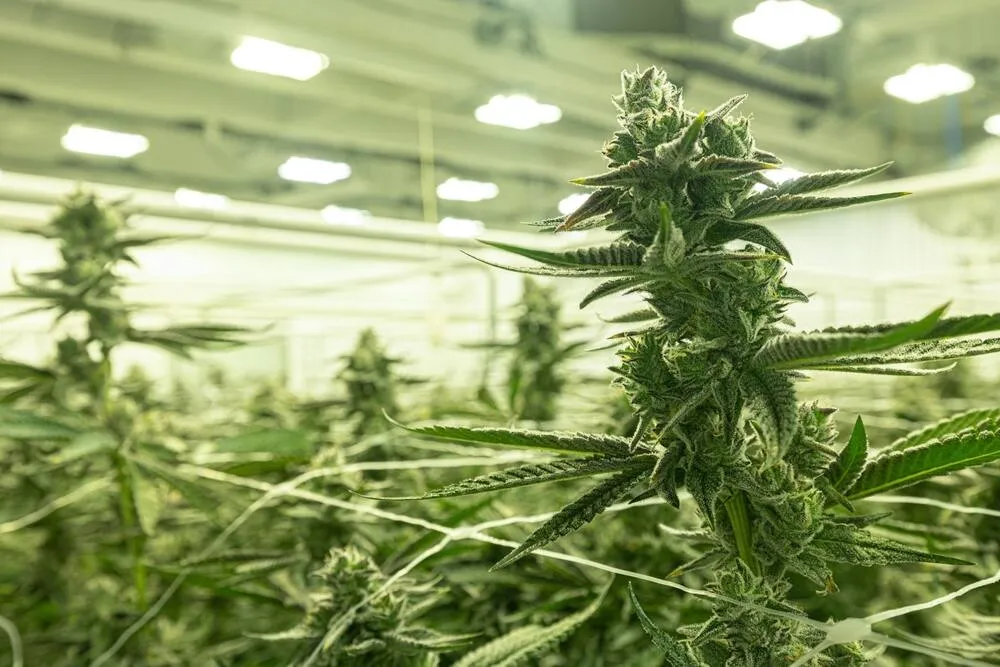
Genetic makeup and its role in potency
Genetics are the foundation of any plant’s potency. Whether a strain is an autoflower or a photoperiod, its THC and CBD levels are largely determined by its genetic blueprint. Breeders have spent years refining autoflower genetics and while early autoflowers were considered weaker, today’s versions can rival some of the strongest photoperiods.
Strain selection is key. Whether you're growing an autoflower or a photoperiod, picking a high-potency cultivar from a reputable breeder makes all the difference. A well-bred autoflower can pack just as much punch as a photoperiod strain, assuming it has strong genetics and is grown under ideal conditions.
Environmental factors affecting cannabinoid production
Genetics alone won’t dictate potency—how you grow your plants is just as important.
- Light intensity: The stronger the light source, the better the plant's ability to produce cannabinoids. Autoflowers thrive under strong LED or HPS lighting to maximize potency.
- Nutrients and soil quality: Giving plants the right balance of macronutrients (nitrogen, phosphorus, potassium) and micronutrients ensures they can develop their full cannabinoid potential.
- Temperature and humidity: Keeping your grow room at the right temp (around 75°F or 24°C) and managing humidity levels (40-50% in flowering) helps plants thrive. Stressing plants too much with extreme conditions can reduce potency.
- Harvest timing: This is a big one. Trichome development tells you when THC levels peak—harvesting too early or too late can lead to less potent buds.
Comparing Potency: Autoflowers vs. Photoperiods
THC and CBD levels in autoflowering strains
Early autoflowers had a reputation for being weaker, but today’s versions can reach 20-30% THC—matching many photoperiod strains. While some autoflowers still have slightly lower THC content on average, the gap is closing fast. They also tend to have high CBD strains available, making them great for medicinal users.
Some of the most potent autoflowers today include:
- Gorilla Glue Auto – Around 24% THC
- Bruce Banner Auto – 25%+ THC
- Amnesia Haze Auto – Around 22% THC
THC and CBD levels in photoperiod strains
Photoperiod strains still have the edge when it comes to raw potency, with some cultivars pushing 30%+ THC. This is partly because they have more time to mature and can be fine-tuned through extended veg growth. Many classic high-THC strains, like Ghost Train Haze (28%+ THC), remain photoperiods.
That said, if you grow a high-quality autoflower in perfect conditions, you can absolutely reach the same levels of potency as mid-to-high THC photoperiod strains.
Recent advances in autoflowering genetics
Breeding has come a long way. Today’s autoflowers are far more potent than the low-THC ruderalis-based strains of the past. Breeders have crossed high-THC photoperiods with autoflowers to maintain potency while keeping the fast-growing, automatic flowering traits.
Some seed banks even claim their autoflowers can rival traditional strains, with certain autos consistently hitting 25%+ THC levels. Advances in breeding techniques, such as backcrossing and selective stabilization, have made autoflowers more powerful than ever before.
Cultivation Practices to Maximize Potency
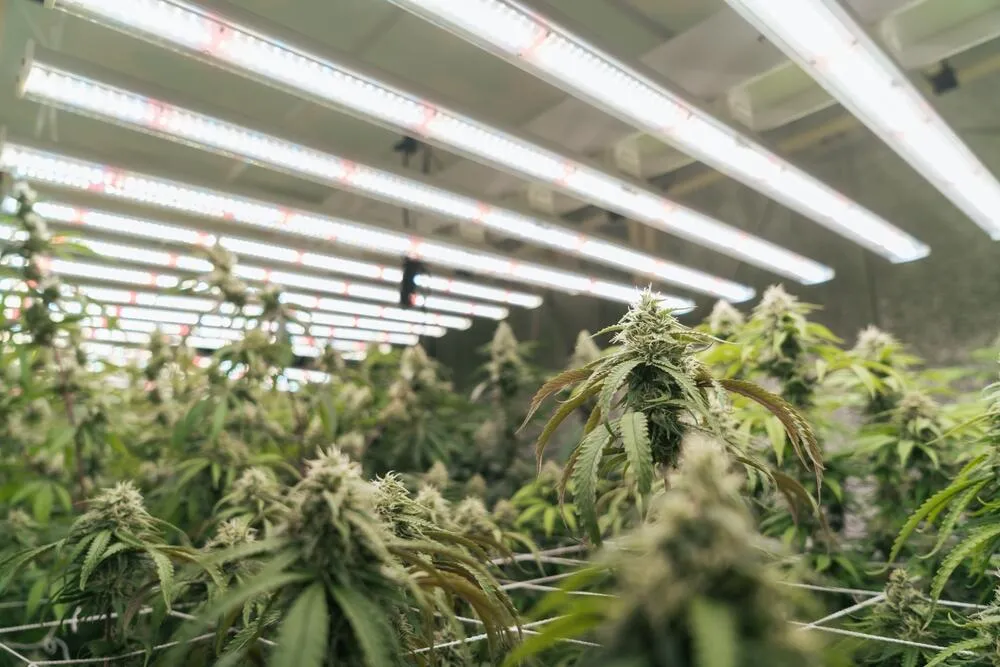
Optimizing growing conditions for autoflowers
If you’re growing autoflowers and want the highest potency possible, here are some key tips:
- Use high-intensity lighting: Autoflowers love strong LEDs (like Spider Farmer or Mars Hydro) to maximize cannabinoid production.
- Nutrients matter: A balanced feed with enough phosphorus and potassium in flowering will boost resin production.
- Control stress: While techniques like Low-Stress Training (LST) can help, avoid High-Stress Training methods like topping, as autos have limited time to recover.
- Harvest at the right time: Monitor trichomes—cloudy trichomes indicate peak potency, while amber trichomes mean more sedative effects.
Techniques to enhance potency in photoperiod strains
With photoperiod strains, you have more time to shape their potency. Some effective techniques include:
- Longer veg stage: Letting plants grow for 6-8+ weeks before flowering can lead to bigger, more potent buds.
- High-Stress Training (HST): Topping, super cropping, and defoliation can push plants to produce more resin.
- CO2 supplementation: Adding extra CO2 in a sealed grow space can increase bud density and THC content.
- Flushing before harvest: Cutting nutrients for the last 1-2 weeks before harvest can enhance flavor and smoothness.
Conclusion: Choosing the Right Strain for Your Needs
Balancing potency with other desired traits
So, are autoflowers less potent than photoperiods? The short answer: Not necessarily. While photoperiod strains still hold the edge in raw THC potential, modern autoflowers have bridged the gap significantly. If grown properly, an autoflower can be just as strong as a mid-to-high THC photoperiod strain.
The choice between the two comes down to your priorities. Autoflowers are ideal for fast turnarounds, beginner-friendly growing and stealth setups. Photoperiods, on the other hand, give you more control over potency, yield and plant training techniques.
Final considerations for growers and consumers
If you want convenience and speed, go with autoflowers. If you’re all about maximizing yield and potency, photoperiods might be the better choice. Either way, the key to potency isn’t just in the genetics—it’s in how you grow, harvest and cure your buds.
At the end of the day, it’s all about personal preference. Whether you go with an autoflower or a photoperiod, if you grow it right, you’re in for some potent, top-shelf bud!
